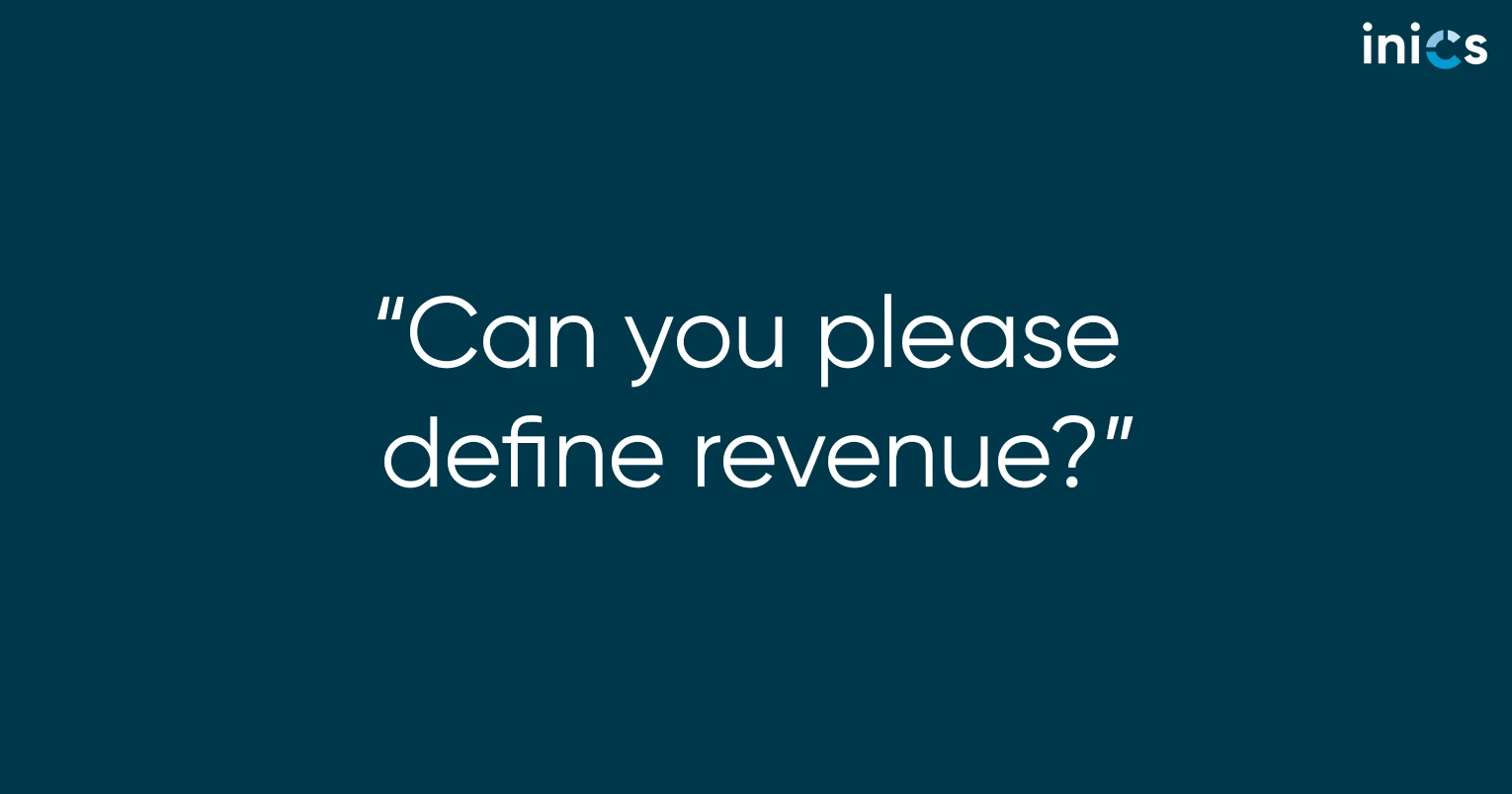Microsoft Fabric is Convenient – But Convenience Comes at a Price
Microsoft Fabric is currently being hailed as the new all-in-one solution in the BI universe. A platform that unites integration, transformation, and reporting in one interface, promising to finally eliminate data silos, system breaks, and complex architectures.


For many, that sounds like liberation.
Especially for midsize companies with limited resources and manageable reporting needs, Fabric seems to answer a long-standing question: How can I modernize my reporting without building half a data team?
Fabric can be a reasonable choice for that. But only if you understand what you’re really paying for.
Why Microsoft Fabric Looks So Attractive at First
Fabric addresses a real pain point. Many companies struggle with fragmented BI landscapes, legacy ETL processes, and a lack of transparency across data flows. Microsoft recognized that, and wrapped it into a single, convenient interface.
- One login, everything connected
- Power BI fully integrated
- No infrastructure overhead
- Results visible within days
For organizations with ten to fifteen core reports (sales, purchasing, production, or finance) that can be a genuine step forward. Fabric lowers the entry barrier and brings momentum into otherwise stagnant data environments.
But that’s exactly where the misunderstanding begins.
Fabric Doesn’t Solve Architecture Problems - It Hides Them
Technically, Microsoft Fabric isn’t new. It consolidates familiar Azure services (Data Factory, Synapse, Lakehouse, and Power BI) into one surface. That’s convenient, no doubt. But convenience doesn’t replace architectural understanding.
You’re not paying for new technology. You’re paying not to have to understand it.
This convenience has several dimensions:
- Financial:
License and compute costs are often higher than with modular setups. - Structural:
The abstraction layer prevents teams from developing in-house data model expertise. - Strategic:
The more comfortable the platform, the stronger the vendor lock-in.
As one engineer put it on Reddit, Fabric is
“another way of Microsoft to generate vendor lock-in”
In short: Fabric is ideal for those who want BI results, but not architectural work.
The Price of Convenience
Fabric sells integration. But integration is expensive. Behind the scenes, the same Microsoft Azure components are running, just more automated and centrally managed.
A real-world example:
In one of our machine learning projects, we faced a decision: build the entire data pipeline inside Fabric, or manually configure the backend using Azure Databricks and Data Factory. On paper, Fabric looked far more convenient. In reality, the total cost of ownership (TCO) on the Fabric side would have been nearly four times higher.
Here’s why:
Compute and storage costs in Fabric scale automatically, whereas a modular setup allows fine-grained control and optimization. A public cost comparison by Aimpoint Digital found a similar pattern: $915 for Azure Databricks versus $8,409 for Fabric, almost nine times more.
We therefore chose the manually configured backend, higher initial effort, but long-term cost control and full architectural sovereignty.
Disclaimer:
Actual cost differences depend heavily on usage patterns, data volume, and configuration. In typical midmarket workloads, however, a similar trend emerges: The higher the degree of automation, the higher the long-term operational cost.
That’s perfectly fine, if you know you’re buying convenience. It becomes a problem only when you believe it’s free.
The Midmarket and the Comfort Illusion
Fabric resonates especially well in the midmarket, often for psychological rather than strategic reasons. Many companies want to avoid complexity. They fear the entry barrier of modern data architectures. And Fabric offers them an elegant shortcut.
But outsourcing architecture means losing control over time:
- No understanding of data flows means less sovereignty.
- Adjustments become more expensive.
- Growth becomes harder to manage.
Put differently:
You save effort today, and pay for dependency tomorrow.
When Microsoft Fabric Still Makes Sense
Of course, there are cases where Fabric is the right choice:
- When there’s no dedicated data team
- When BI is supportive rather than business-critical
- When the organization is already deeply embedded in the Microsoft ecosystem
- When reporting is stable but not strategically differentiating
In such scenarios, Fabric is a pragmatic entry point. You’re buying stability, low maintenance, and quick time-to-value. But you should remember: it’s a shortcut, not a foundation.
Fabric Promises vs. Reality
This table isn’t a verdict - it’s a reality check. Fabric can do a lot, but it doesn’t think for you.
As Redgate aptly put it, there are still “gray areas and some traps” inside Fabric. Believing it solves structural problems is mistaking convenience for maturity.
The Sustainable Alternative: Competence Over Comfort
Organizations that want to stay independent, scalable, and cost-efficient in the long run can’t avoid building architectural competence.
That means:
- A clean semantic layer, whether in Databricks, Fabric, or elsewhere
- A governance framework with dbt or similar tools
- A clear separation between reporting, transformation, and integration
Yes, that takes more effort. But the knowledge stays in-house, and so does the control.
As one in-house Data Analytics Lead put it recently:
“Fabric is incredibly convenient. But if you rely on convenience alone, one day you’ll understand your invoices better than your data.”
Conclusion: Convenience Is Not a Strategy
Fabric isn’t a bad solution. But it’s rarely the cheapest, and even more rarely the most sustainable.
For many midmarket companies, it can be a smart starting point.
But for those who want to understand their data rather than just consume it,
there’s no substitute for architectural clarity.
Convenience saves time today, but understanding saves money tomorrow.

Understanding drives better decisions
We turn complex BI architectures into clarity, transparency and control so your technology strengthens your strategy, not the other way around.
Book a free initial consultationThomas Howert
Founder and Business Intelligence expert for over 10 years.
Discover more articles

Data Governance and the Single Source of Truth
Companies often come to us because their reporting doesn’t add up. Dashboards contradict each other, KPIs are inconsistent, and the root cause is almost always assumed to be technical.

Critical Path Thinking: Conducting Your Data Pipelines Like an Orchestra
The CFO doesn’t care if 200 tables reload on time. He cares if the P&L is ready before the board call. That’s the critical path. Your data’s conductor.

The Real Bottleneck in Business Intelligence Isn’t Data. It’s People.
Business Intelligence (BI) has never had more powerful tools. Platforms like Microsoft Fabric, Databricks, and Qlik deliver integrated pipelines, governance, and AI-driven insights at a scale that was unthinkable only a few years ago. And yet, many BI projects still fail. Not because the data is broken, but because the people side of BI is neglected. Here’s the leadership journey every BI initiative goes through, and the points where most stumble.
